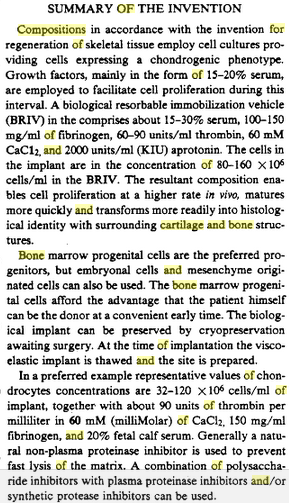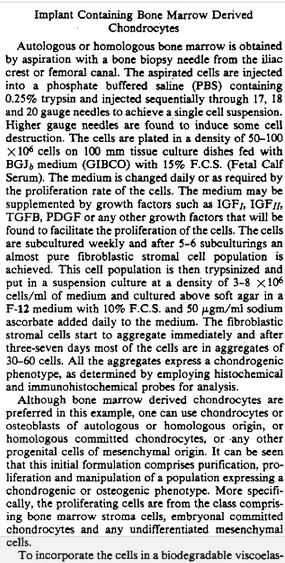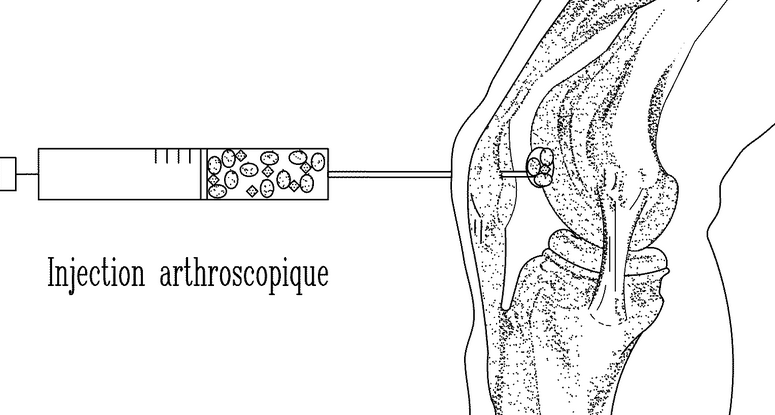One of the podcast I have been listening to for the last 2 years has been Pickup Podcast which I found years ago when I was going through the phase where I was absorbing Personal Development and Self Help material like a sponge. The podcast has been traditionally focused on teaching men how to better their social skills and mindsets to improve their dating life and romantic relationships. In recent times it has moved more in the direction of how to build a stronger core and self image so it has also encompassed “self help”. About 3 years ago, I needed that skills and knowledge base because I realized my own social skills were deficient.
In the most recent “Podcast Episode” where the guys interview the infamous Tim Ferris, who wrote the insanely popular lifestyle design book “The 4 Hour Work Week”, they were discussing Tim’s latest book where he talks about how to find the simplest way to mastery the science (or art) of cooking, using only a few basic elements (ie. Knife, Spices, Cookware, etc.) and also about other ways to hack life to optimize effectiveness, productivity, and time management, something I am a junkie on. If there is one thing I am addicted to still, it is listening to interviews and podcasts where really successful people come on to discuss their strategies and methods on optimizing their life.
If you follow this episode, around the 1:04-1:06 (that is hours btw) mark Tim mentions that he has a friend who has went to China to perform gene therapy testing (or what Dave Asprey would call Bio-Hacking) on himself to see what would be the effects. Tim claims that his friend has managed to increase his weight which was already at 240 lb by another 30 lbs of muscle in 28 days! This seems to be from using gene vectors which I have only begun to get into.
Here are the 3 main genes that the friend has been experimenting on and manipulating.
- Actin III – For fast twitching muscle fibers
- Interleukin
- Myostatin
So far I have already proposed at least 2 possible ways to increase height using gene therapy from changing the DNA of chondrocytes and progenitor mesenchymal stem cells. However what Ferriss’s friend is doing is something I didn’t think was even possible from using gene therapy (or at least legal).
From the Wikipedia article on Gene Therapy we realize that there are actually two types of gene therapy, 1. Somatic Gene Therapy and 2. Germ Line Gene Therapy. Somatic gene therapy is where the effects and modifications happen only on the person which was subjected to the treatment while germ line gene therapy is where the effects also has an effect and modify’s the subject’s offspring too. We are going to only focus on the first type right now and see if we can change our own bodies and not worry about what our kids and descendants will be like.
Getting back to the subject, (as the story goes) this friend went to China and somehow got his hands on some vectors from some supplier in a non-legal way and has managed to change his body at such a dramatic way in a very short time. As far as I know, there is no muscle mass increasing drugs in the market right now that can have this dramatic of an effect, even the most intense ones. Body builders who I have researched because of the link between steroid usage and potential height increase have consistently talked about the effects of some of the craziest stuff. This is at another level.
For me, this type of claim by Tim Ferriss seems to show to me that there are already people who have been successful in using illegal supplies and tried using gene therapy on themselves and gotten results. Since this happened in China (and we know that in China, anything can happen… like in Vegas) we sort of have to take this story with at least some bit of reservation. This story shows that if I (and Tyler and other genetics knowledgeable height increase seeker enthusiasts around the world) can figure out a more complete map on which genes affect the human height development (besides just HMGA2 and LIN28B), we might be able to manipulate our height by causing specific cell differentiation (and maybe even transdifferentiation) from gene vectors in less than 10 years of dedicated research.



